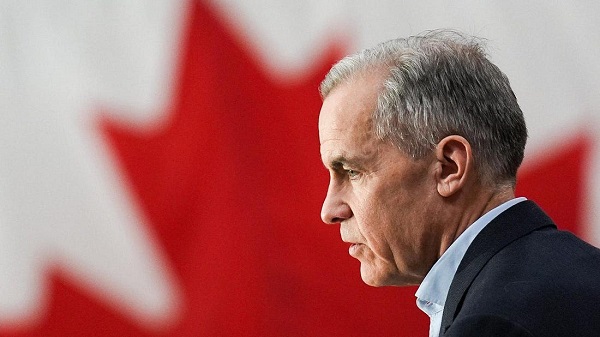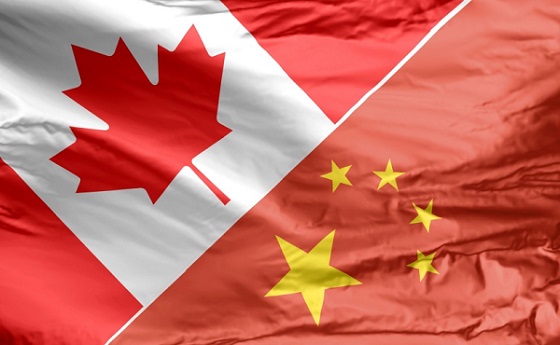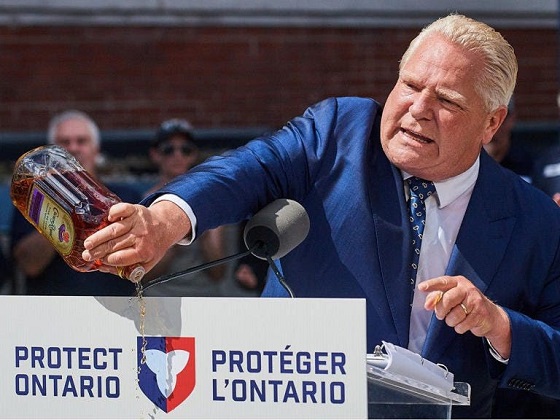Amid the chaos of pre-election America, major information has surfaced, revealing internal documents from the Center for Countering Digital Hate (CCDH). This UK-based group, which was founded by British political strategist Morgan McSweeney under the name Brixton Endeavours Limited before being renamed to the Center for Countering Digital Hate in 2019, outlined a clear goal in their agenda: “Kill Musk’s Twitter.” The documents make it clear that the CCDH is targeting Elon Musk’s social media platform with full force. McSweeney, who helped guide Keir Starmer to victory in the UK, is now involved in US politics, advising Kamala Harris as she navigates the upcoming election, raising serious questions about the CCDH’s reach and motives.

Now, if you’re wondering why a think tank founded by a man who helped turn Keir Starmer into the British Prime Minister is so dead set on smashing up a social media platform thousands of miles across the pond, you’re not alone. But the CCDH isn’t just any ragtag team of keyboard warriors. These guys are plugged into Washington power circles like an iPhone into a dodgy charger, with ties so tight to the Biden-Harris campaign, that they might as well be writing the tweets. And with McSweeney now advising Kamala Harris, well, let’s just say the plot thickens.
Related: Behind Closed Doors: The UK and US Plot Global Speech Crackdown
Kamala’s British Wingman
Meet Morgan McSweeney, a political operative you’ve never heard of—unless you’ve been glued to British politics or, for some inexplicable reason, a hardcore Labour Party fan in America. According to a new report from The DisInformation Chronicle and Racket News (which is worth reading in full), McSweeney, the brains behind Starmer’s rise to the UK premiership, is now advising Kamala Harris on how to go from “Where’s she been?” to “First female President.”
According to the report, McSweeney is credited with piloting Starmer’s victory against the Conservatives, beating Rishi Sunak. And McSweeney recently became UK Prime Minister Keir Starmer’s Chief of Staff.
But McSweeney isn’t stopping at Downing Street. No, he’s set his sights on America. And what’s more American than advising Kamala Harris after founding an organization that’s trying to vaporize Elon Musk’s $44 billion free speech project? After all, nothing screams “Democracy!” like a transatlantic political hit squad targeting Musk’s favorite free speech toy.
Musk, Misinformation, and Tax Breaks
Let’s not forget that the CCDH is a tax-exempt 501(c)(3) nonprofit—a status they might want to cling to tighter than a senator to their PAC funding. According to the IRS, CCDH could lose its golden goose tax exemption if “a substantial part of its activities is attempting to influence legislation.” And yet, somehow, according to the report, “Trigger EU and UK regulatory action” is the third item on their annual to-do list.
And to make things even murkier, CCDH has hired Lot Sixteen, a firm known for lobbying congressional offices on—you guessed it—“misinformation.” Nothing screams integrity like a supposedly neutral non-profit hiring a lobbying firm to bend the ears of politicians in the world’s most corrupt zip code. It’s almost poetic, if by poetry you mean a collection of contradictory nonsense wrapped in a PR-friendly bow.
 Elon Musk reacts to the new report.
Elon Musk reacts to the new report.
So, what does the CCDH’s fearless leader, Imran Ahmed, have to say about all this? Well, nothing, actually. Despite repeated requests from The DisInformation Chronicle and Racket, Ahmed—another British political operative welded to McSweeney’s Labour Together cabal—has clammed up. You can almost hear the sounds of frantic shredding from CCDH’s London offices.
Meanwhile, Senator Amy Klobuchar, who’s been pushing bills to regulate online “misinformation,” isn’t exactly rushing to answer questions either. And why would she? The CCDH’s plans dovetail nicely with her efforts to wrangle Big Tech under the guise of safeguarding democracy. Who cares if a few pesky details—like the potential illegalities of foreign interference or questionable nonprofit activities—get in the way? We’ve got elections to win here!
It’s almost endearing to see the British influence clawing its way back into American politics. Once upon a time, they tried to impose taxes on tea; now they’re sending think tanks to tackle free speech. If you’re wondering why a bunch of Brits are interested in who gets to say what on American soil, well, let’s just say the empire never really dies—it just switches to online servers.
The CCDH, that shiny bastion of truth-squelching, made headlines when they tried to silence Substack writers like Alex Berenson and Dr. Joseph Mercola, daring to spout the unthinkable—vaccine “misinformation.” In a world where dissent is dangerous, what’s a good digital inquisition without a few heretics to burn at the stake? But Substack threw a wrench into CCDH’s plans with the audacity to say, “No, thanks. We’re not here to take orders from the mob.” Their exact words? “At Substack, we don’t make moderation decisions based on public pressure.”
But the battle’s far from over. If at first, you don’t succeed in turning the internet into a digital police state, try again across the pond. CCDH’s new plan for American soil? Start by dismantling the platforms of opponents like Elon Musk—because if there’s one thing that irks the establishment more than free speech, it’s a billionaire who buys the bird app and starts letting people talk again. To do that, CCDH is deploying the tried-and-true tactic of hitting where it hurts: ad revenues. It’s like the financial version of waterboarding—slow, steady, and guaranteed to make you reconsider your life choices.
But they’re not stopping with the world’s richest troll. CCDH is also pushing for new regulations that would make Europe’s draconian Digital Services Act and the UK’s paternalistic Online Safety Act look like child’s play. Under these laws, an “independent digital regulator” (read: Orwellian overlord) would have the power to decide what counts as “harmful content” and hand out penalties to any platform that steps out of line. Nothing says “freedom” like letting bureaucrats decide what’s dangerous for you to read.
The Lobbying Blitz: CCDH’s Capitol Hill Campaign
Naturally, CCDH hasn’t come to the US to play nice. With Labour Together and McSweeney’s as their comrades in censorship, they’ve launched an all-out lobbying blitz on Capitol Hill. Their shiny new toy? The STAR framework is a friendly-sounding acronym that would essentially give them the ability to enforce platform censorship through government regulation. Because if you can’t silence your enemies with social media bans, why not use Congress as your personal speech police?
And don’t think for a second they’re not riding the wave of the latest moral panic. Following the riots that were oh-so-conveniently blamed on disinformation (because personal responsibility is so last century), CCDH and its allies are positioning themselves as the solution to America’s pesky free speech problem. In fact, across the Atlantic, under the would-be Prime Minister Keir Starmer, UK regulators are already sharpening their knives, threatening severe actions against any platform that refuses to fall in line with their censorship demands. You can almost hear them sharpening the guillotine from here.
Of course, all of this is framed under the noble guise of “safety.” We’ve heard it before: “We’re just trying to protect people from harm.” But when you peel back the layers of sanctimonious rhetoric, what you’re left with is a cold, calculated effort to control the narrative. If it’s not coming from the approved sources, it’s dangerous. If it challenges the establishment, it’s misinformation. And if you don’t fall in line? Well, they’ve got a regulation for that.
The Real Endgame: Speech Control
Let’s not pretend this is about safety, though. This is about power. CCDH’s push for stricter regulations, under the guise of protecting the public from harmful content, is nothing more than a naked attempt to control the flow of information. They’ve already tried it in the UK, and now they’re bringing their act to the US, hoping to use government muscle to do what public pressure alone couldn’t.
And the implications are staggering. If groups like CCDH succeed in shaping US regulations to mirror the Digital Services Act or the Online Safety Act, we’re looking at a future where platforms are forced to police speech in real-time, handing over the power to determine what’s “acceptable” to an unelected body of bureaucrats and activists. It’s not about misinformation—it’s about control. And once they’ve got that control, you can bet they won’t give it up easily.
At the end of the day, the CCDH and its allies are playing a long game. They don’t just want to silence a few Substack writers or take away Elon Musk’s ad revenue—they want to reshape the entire landscape of online discourse.
So next time you see CCDH and their cohorts talking about the dangers of misinformation and harmful content, remember: It’s not about safety. It’s about control. Because in the digital age, whoever controls the narrative controls everything.
Read the full report here.






















